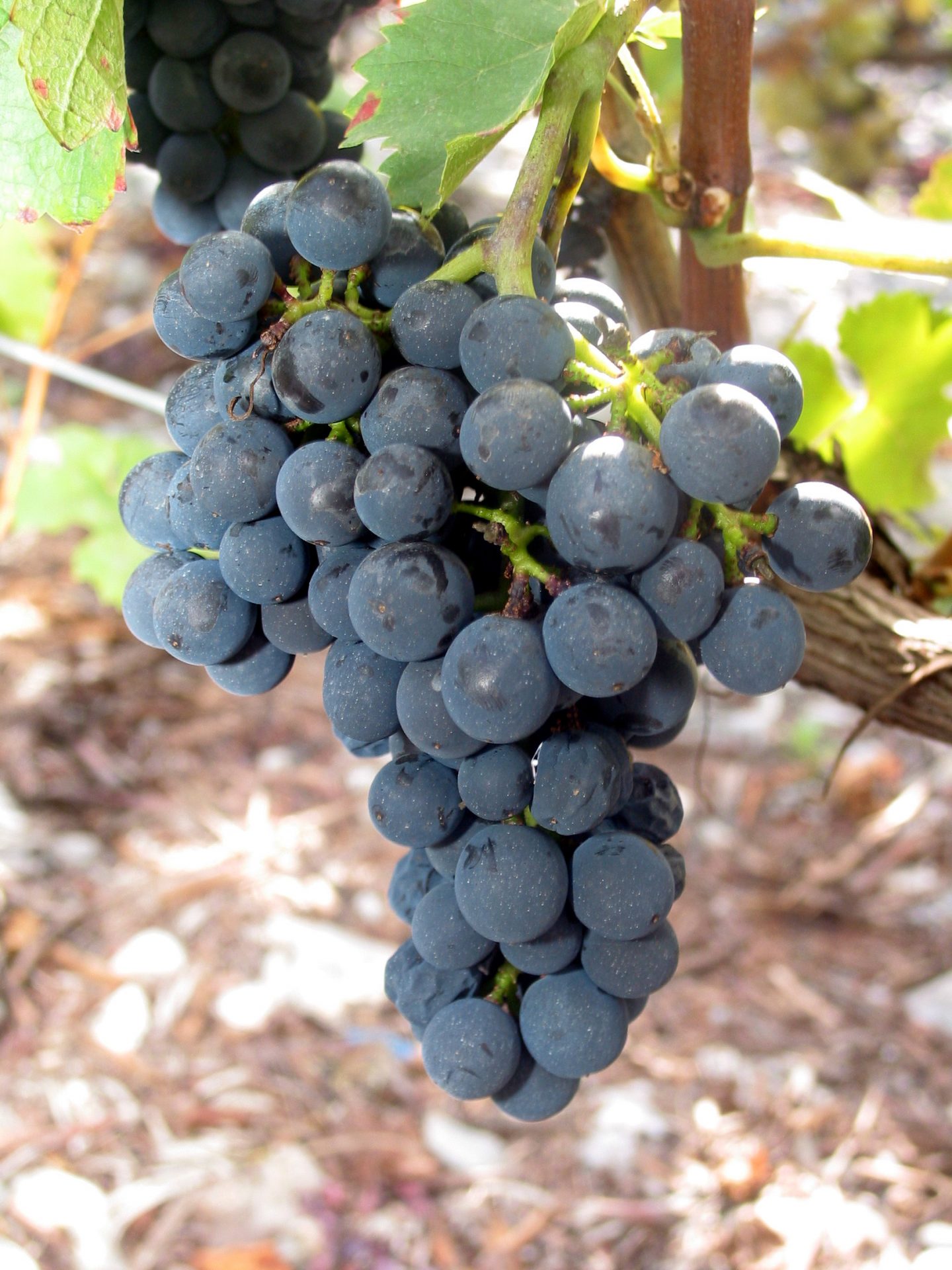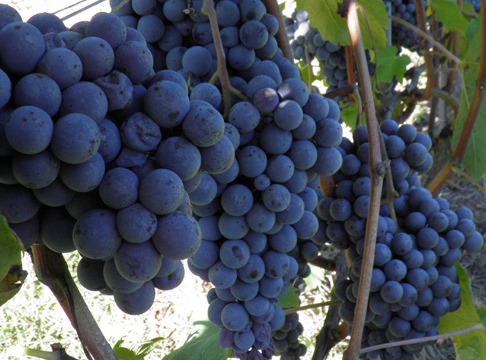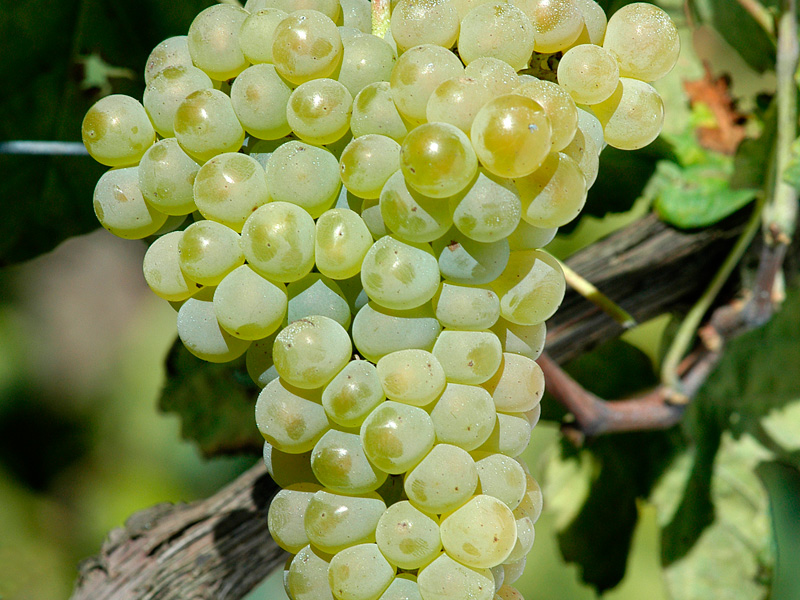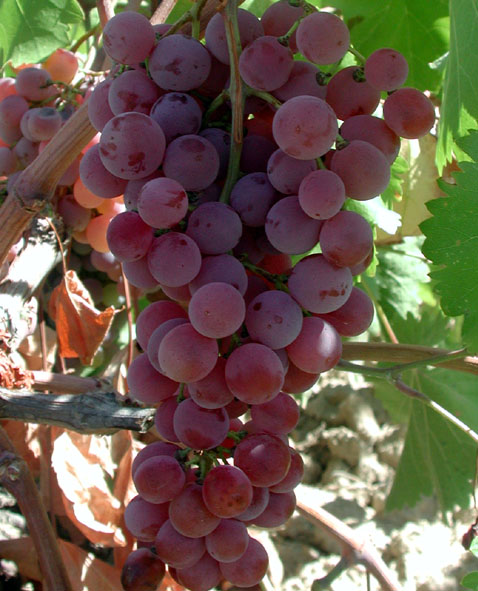Pronounced “Gamma Ray”, Gamaret has perhaps one of the coolest of grape varietal names, although saying that, its synonym Pully B-13 doesn’t have quite the same ring to it.
I first came across the grape last year in Beaujolais when a small producer mentioned to me that he had some of it scattered throughout his Gamay vineyards. Forever the information sponge when it comes to the more esoteric of varietals, much to the chagrin of my peers I am sure, I decided to do a little research on the mysterious Gamma Ray.
Firstly, it is a relatively young grape, being purposely bred by Andre Jaquinet in Pully, Switzerland in 1970 This goes some way towards explaining its fairly limited plantings, mainly within Switzerland and a mere 140 acres. The Gamaret is a very particular clonal varient of a cross betwixt Gamay and the German Reichensteiner (1939), meaning that it is a close relation to Garanoir, a clone selected for use in Germany.
It appears that Gamaret is any many ways more similar to Pinot Noit than it is to Gamay, but with the added distinction of sharing very few of its failings. It’s an early ripening varietal that, like Gamay, is capable of quite high yields. Most importantly it is incredibly resistent to fungal diseases such as botrytis, oidium, and peronospora, a particularly welcome trait when it comes to cultivation in the wetter parts of the world. Gamaret tends to contain around two times the amount of pigmentation of that found in Gamay, leading to much darker coloured wines. Interestingly enough it also tends to exhibit about 50% more tannins than the lowly Gamay, making me wonder why on earth this grape is not planted more than it is. Any thoughts on this people?
 Edinburgh-born/Toronto-based Sommelier, consultant, writer, judge, and educator Jamie Drummond is the Director of Programs/Editor of Good Food Revolution… And now he is desperate to taste a 100% Gamaret.
Edinburgh-born/Toronto-based Sommelier, consultant, writer, judge, and educator Jamie Drummond is the Director of Programs/Editor of Good Food Revolution… And now he is desperate to taste a 100% Gamaret.








